Virgin Orbit ready for first U.K. launch
Sunday, 08 January 2023 21:31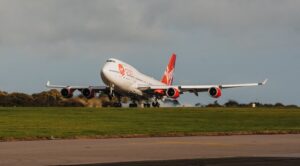
Virgin Orbit is set to perform the first orbital launch from the United Kingdom as soon as Jan. 9, a milestone officials hailed as the start of a new era for the country’s space industry.
SpaceX gearing up for Falcon Heavy’s second national security launch
Sunday, 08 January 2023 16:28
SpaceX is aiming to launch Falcon Heavy’s second national security mission for the U.S. Space Force on Jan. 12 from Kennedy Space Center.
The post SpaceX gearing up for Falcon Heavy’s second national security launch appeared first on SpaceNews.
Scientists eager to analyze International Space Station experiments soon
Sunday, 08 January 2023 10:06 NASA is preparing for the return of multiple science experiments from the International Space Station in the hopes they might further aid mankind's future exploration of space.
A Dragon spacecraft that docked with the station on Nov. 27 is scheduled to return to Earth and splash down off the eastern coast of Florida on Jan. 9, NASA said in a press release.
The items being ferried
NASA is preparing for the return of multiple science experiments from the International Space Station in the hopes they might further aid mankind's future exploration of space.
A Dragon spacecraft that docked with the station on Nov. 27 is scheduled to return to Earth and splash down off the eastern coast of Florida on Jan. 9, NASA said in a press release.
The items being ferried Retired NASA satellite expected to fall to Earth on Sunday
Sunday, 08 January 2023 10:06 A retired NASA satellite is expected to fall to Earth on Sunday after spending nearly 40 years in space, space officials said Friday.
The U.S. Defense Department has predicted that the 5,400-pound Earth Radiation Budget Satellite will reenter the atmosphere sometime within a 17-hour window of 6:40 p.m. EST on Sunday, NASA said in a statement.
The satellite is expected to mostly b
A retired NASA satellite is expected to fall to Earth on Sunday after spending nearly 40 years in space, space officials said Friday.
The U.S. Defense Department has predicted that the 5,400-pound Earth Radiation Budget Satellite will reenter the atmosphere sometime within a 17-hour window of 6:40 p.m. EST on Sunday, NASA said in a statement.
The satellite is expected to mostly b Defunct NASA satellite to reenter
Saturday, 07 January 2023 14:28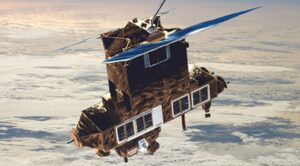
A defunct NASA satellite, launched nearly four decades ago, is predicted to reenter late Jan. 8 with a very small risk to people on the ground.
The post Defunct NASA satellite to reenter appeared first on SpaceNews.
Defunct NASA satellite reenters
Saturday, 07 January 2023 14:28
A defunct NASA satellite, launched nearly four decades ago, is predicted to reenter late Jan. 8 with a very small risk to people on the ground.
The post Defunct NASA satellite reenters appeared first on SpaceNews.
Old NASA satellite falling from sky this weekend, low threat
Saturday, 07 January 2023 10:04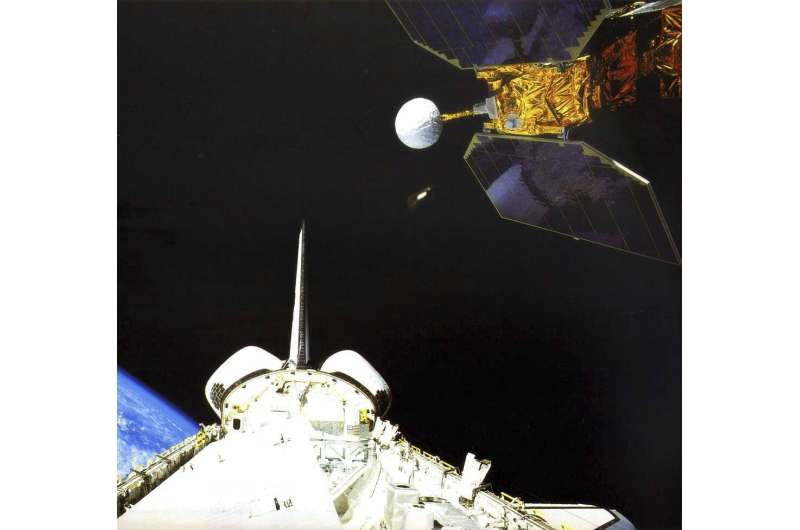
Once in 50,000-year comet may be visible to the naked eye
Saturday, 07 January 2023 09:55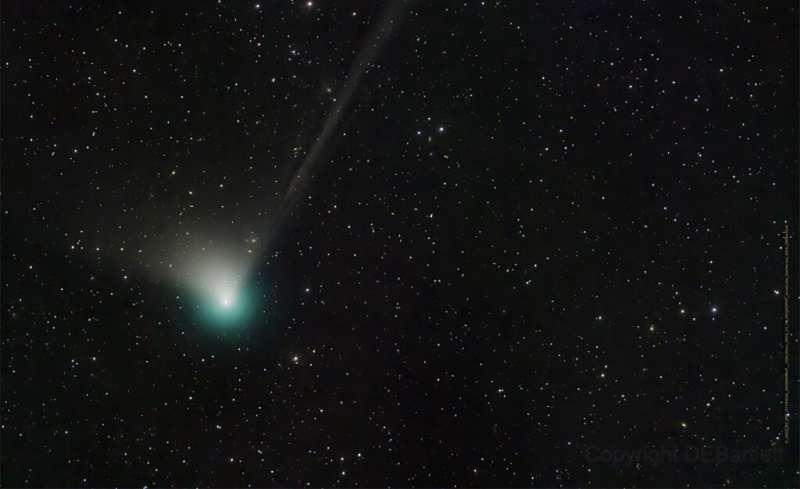
A newly discovered comet could be visible to the naked eye as it shoots past Earth and the Sun in the coming weeks for the first time in 50,000 years, astronomers have said.
The comet is called C/2022 E3 (ZTF) after the Zwicky Transient Facility, which first spotted it passing Jupiter in March last year.
After traveling from the icy reaches of our Solar System it will come closest to the Sun on January 12 and pass nearest to Earth on February 1.
It will be easy to spot with a good pair of binoculars and likely even with the naked eye, provided the sky is not too illuminated by city lights or the Moon.
The comet "will be brightest when it is closest to the Earth", Thomas Prince, a physics professor at the California Institute of Technology who works at the Zwicky Transient Facility, told AFP.
Senators seek funding boost for NASA and NSF astrophysics programs
Friday, 06 January 2023 23:50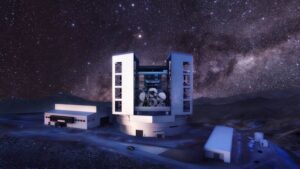
Five senators are asking the White House to add at least $300 million in the next budget proposal for NASA and the National Science Foundation (NSF) to support priorities from the astrophysics decadal survey.
The post Senators seek funding boost for NASA and NSF astrophysics programs appeared first on SpaceNews.
Delta throws down the gauntlet with free Wi-Fi plan
Friday, 06 January 2023 20:28
Plans by Delta Airlines to start offering free inflight Wi-Fi next month increase pressure on other major airlines to follow suit, driving up more demand for satellite capacity.
The post Delta throws down the gauntlet with free Wi-Fi plan appeared first on SpaceNews.
Aiming for instantaneous Earth-observation data
Friday, 06 January 2023 19:31
Hedron's goal is automatic networking in space. Satellite operators would pass packets to a network that moves data almost instantaneously to the ground.
The post Aiming for instantaneous Earth-observation data appeared first on SpaceNews.
NASA faces budget crunch for extended Earth science missions
Friday, 06 January 2023 12:04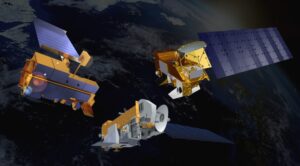
NASA will allow three aging Earth science missions to participate in an upcoming senior review of extended missions even as the agency warns of budget pressures on its overall portfolio of missions.
Independent review warns of cost growth on key Earth science mission
Friday, 06 January 2023 10:53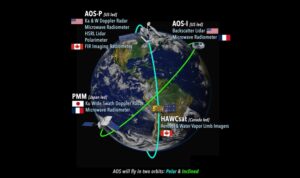
An independent review warned of potential cost overruns on a future major NASA Earth science mission, prompting NASA to consider removing some instruments from it.
The post Independent review warns of cost growth on key Earth science mission appeared first on SpaceNews.
Putin sends missile ship to train in Atlantic, Med
Friday, 06 January 2023 08:33 President Vladimir Putin on Wednesday presided over the launch of a warship armed with new hypersonic cruise missiles on a training mission to the Atlantic and Indian Oceans and the Mediterranean.
"I am sure that such powerful weapons will make it possible to reliably protect Russia from potential external threats and will help ensure the national interests of our country," Putin was quoted
President Vladimir Putin on Wednesday presided over the launch of a warship armed with new hypersonic cruise missiles on a training mission to the Atlantic and Indian Oceans and the Mediterranean.
"I am sure that such powerful weapons will make it possible to reliably protect Russia from potential external threats and will help ensure the national interests of our country," Putin was quoted Raytheon Intelligence and Space awarded Missile Track Custody development contract
Friday, 06 January 2023 08:33 Raytheon Intelligence and Space has been awarded a prime contract to develop a prototype Missile Track Custody system for the U.S. Space Force. MTC is the service's first Medium Earth Orbit missile tracking system.
Under this contract, Raytheon Intelligence and Space will serve as the prime contractor, developing and delivering a space vehicle, hosting a state-of-the-art missile tracking m
Raytheon Intelligence and Space has been awarded a prime contract to develop a prototype Missile Track Custody system for the U.S. Space Force. MTC is the service's first Medium Earth Orbit missile tracking system.
Under this contract, Raytheon Intelligence and Space will serve as the prime contractor, developing and delivering a space vehicle, hosting a state-of-the-art missile tracking m 
